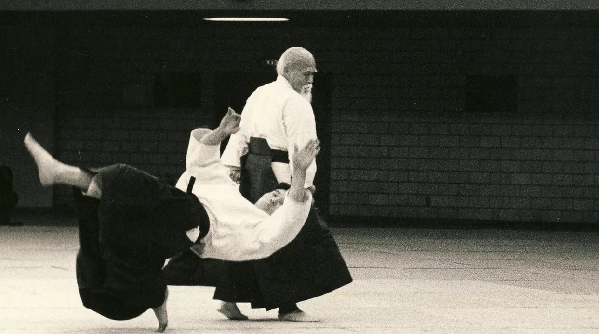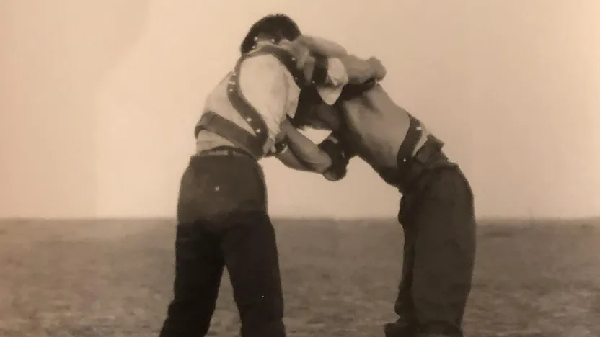Black Belt Team Philosophy January 12 | 2022

Consider the following: “None of Morihei Ueshiba’s students has reached his level in aikido, and none is likely to.”
“Since the fighters of the Gracie family at times seem virtually unbeatable, their art of Brazilian jiu-jitsu is also unbeatable.”
“Taekwondo is more functional for self-defense than wing chun kung fu.”
The correct interpretation of these and other controversial martial arts statements almost always depends on whom you’re asking. This might lead you to wonder if there are any absolute truths in the martial arts. Many would argue that there are not.

The problem lies with the lack of historical accuracy and scientific provability in the martial arts field in general. From great masters long ago learning secret breaking techniques to obscure tribes in far-off deserts to the mysteries of the delayed death touch, there’s plenty of smoke and obfuscation.
Occasionally, however, a fresh wind clears away some of the haze — as in the case of the Gracie family and the rise of MMA, both of which have inspired many to examine their own art more closely.
If there are any absolute truths or guidelines in the martial arts, what might they be? Sit back and sink your teeth into the following.
Universal Truth of the Martial Arts No. 1
Any art or technique will work in a fight if the difference in the skill level of the opponents is sufficiently large.
Quite a few articles have been written, mostly by taekwondo practitioners, about how and why high kicks and flying kicks work on the street. There may well be an occasional taekwondo champ or instructor who can successfully apply such a technique against an inexperienced or drunken attacker.
Surely, however, any survey of people with street experience — such as bouncers and police officers — will reveal that elbow strikes, eye jabs and the like are better choices. Consider this: How many high kicks have you seen being used in a bar brawl or UFC match?
Part 2 Tomorrow
About the author: Erik Petermann teaches martial arts in Cape Town, South Africa.
